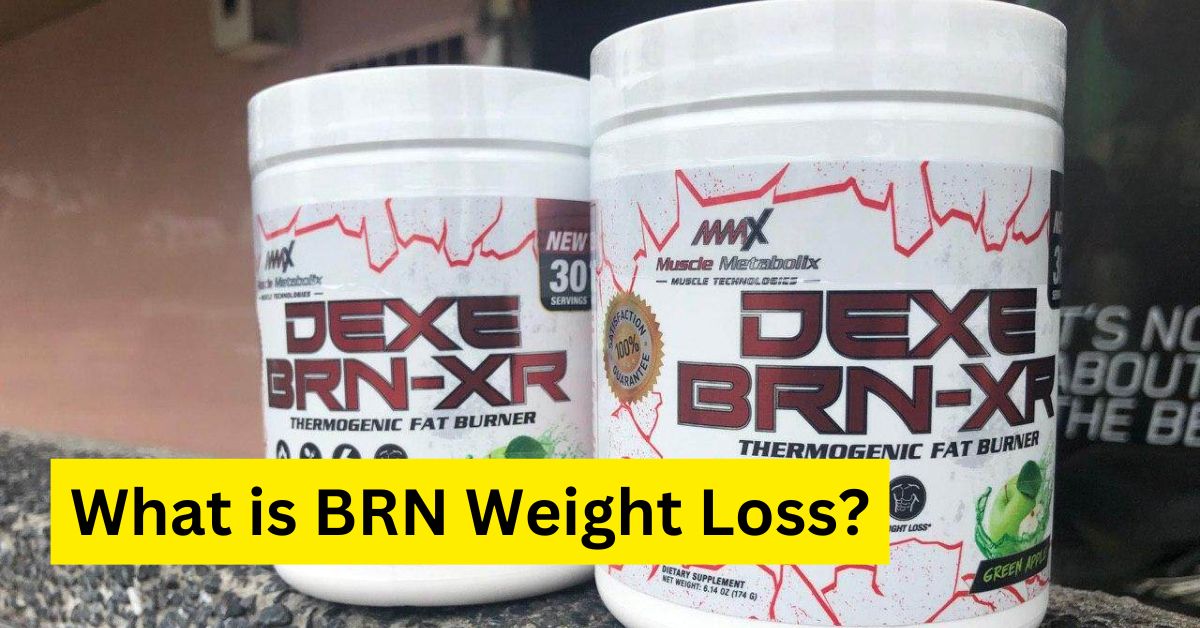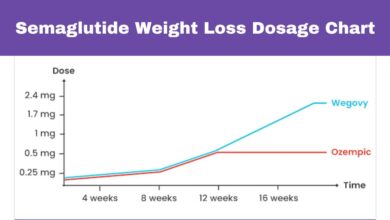
Weight loss is a journey that requires a balanced approach involving diet, exercise, and mental well-being. In this article, we will delve into the concept of BRN weight loss, exploring its significance, the science behind it, and practical strategies for achieving sustainable results.
What is BRN Weight Loss?
BRN stands for Basal Resting Nutrition, a term that refers to the basic nutritional needs of the body when at rest. The idea behind BRN weight loss is to tailor a weight loss plan that aligns with your body’s metabolic needs while at rest. This concept emphasizes the importance of providing your body with the right nutrients in the right amounts, even when you’re not actively burning calories through exercise.
The Science Behind BRN Weight Loss
At the core of BRN weight loss is the principle of metabolic efficiency. Your body requires a certain number of calories to maintain basic functions such as breathing, digestion, and circulation. This is known as your Basal Metabolic Rate (BMR). When you consume fewer calories than your BMR, your body begins to burn stored fat for energy, leading to weight loss.
However, it’s crucial to ensure that your body still receives the essential nutrients it needs to function properly. BRN weight loss focuses on meeting these nutritional needs while creating a calorie deficit, promoting healthy and sustainable weight loss.
Key Components of a BRN Weight Loss Plan
1. Balanced Nutrition
A successful BRN weight loss plan prioritizes balanced nutrition. This means consuming a diet rich in whole foods—such as fruits, vegetables, lean proteins, and whole grains—while minimizing processed foods and added sugars. The goal is to provide your body with essential vitamins, minerals, and other nutrients that support overall health and well-being.
2. Personalized Calorie Intake
Everyone’s caloric needs are different, based on factors like age, gender, activity level, and metabolic rate. A key element of BRN weight loss is determining your personalized calorie intake. This involves calculating your BMR and adjusting your daily calorie intake to create a manageable calorie deficit that promotes weight loss without sacrificing nutrition.
3. Regular Physical Activity
While BRN weight loss focuses on nutrition, physical activity plays a vital role in maximizing results. Engaging in regular exercise helps to increase your metabolic rate, build muscle mass, and improve overall fitness. Combining a nutritious diet with consistent physical activity ensures that weight loss is both effective and sustainable.
4. Mindful Eating Practices
Mindful eating is about being aware of what and how you eat. It encourages listening to your body’s hunger cues, eating slowly, and savoring each bite. By practicing mindful eating, you can better control portion sizes and avoid overeating, making it easier to maintain a calorie deficit without feeling deprived.
5. Adequate Hydration
Water is essential for every bodily function, including weight loss. Staying adequately hydrated supports your metabolism, aids in digestion, and helps regulate appetite. Drinking enough water throughout the day is a simple yet powerful strategy for supporting your BRN weight loss efforts.
Creating a Step-by-Step BRN Weight Loss Plan
Step 1: Calculate Your BMR
The first step in creating a BRN weight loss plan is to calculate your Basal Metabolic Rate (BMR). This can be done using a BMR calculator, which takes into account your age, gender, weight, and height. Your BMR represents the number of calories your body needs at rest to maintain basic physiological functions.
Step 2: Determine Your Calorie Deficit
Once you know your BMR, the next step is to determine how many calories you should consume to create a deficit that leads to weight loss. A calorie deficit of 500-1000 calories per day is typically recommended for safe and sustainable weight loss of 1-2 pounds per week. It’s important to ensure that this deficit does not drop below your BMR, as doing so can lead to nutrient deficiencies and negative health effects.
Step 3: Plan Your Meals
Meal planning is a crucial component of BRN weight loss. Focus on nutrient-dense foods that provide essential vitamins, minerals, and other nutrients without excessive calories. Your meals should include a balance of macronutrients—carbohydrates, proteins, and fats—as well as a variety of fruits and vegetables to ensure you’re getting a broad spectrum of nutrients.
Step 4: Incorporate Exercise
In addition to your nutrition plan, incorporating regular physical activity is essential for maximizing your BRN weight loss results. Aim for at least 150 minutes of moderate-intensity exercise, such as brisk walking or cycling, each week. Strength training exercises, like lifting weights or doing bodyweight exercises, can also help build muscle and boost your metabolism.
Step 5: Monitor Your Progress
Tracking your progress is key to staying motivated and making adjustments as needed. Keep a food diary to monitor your calorie intake, and use a fitness tracker or app to log your physical activity. Regularly weigh yourself and take body measurements to assess your progress, but remember that the scale is just one measure of success—focus on how you feel, your energy levels, and your overall health.
Overcoming Common Challenges in BRN Weight Loss
1. Dealing with Plateaus
Weight loss plateaus are common and can be frustrating. If you hit a plateau, it’s important not to get discouraged. Instead, reevaluate your plan. You may need to adjust your calorie intake, increase the intensity or duration of your workouts, or focus on improving your nutrition. Staying consistent and patient is key to breaking through plateaus.
2. Managing Hunger and Cravings
Hunger and cravings can derail your weight loss efforts if not managed properly. Incorporate high-fiber foods like vegetables, whole grains, and legumes into your diet to help you feel fuller for longer. Additionally, ensure that you’re eating enough protein, as it’s known to reduce appetite and cravings.
3. Maintaining Motivation
Maintaining motivation can be challenging, especially during longer weight loss journeys. Set realistic goals and celebrate small victories along the way. Surround yourself with supportive people, and consider joining a weight loss group or working with a coach for added accountability.
The Importance of Long-Term Maintenance
BRN weight loss isn’t just about losing weight—it’s about maintaining a healthy weight for life. After reaching your weight loss goal, it’s crucial to transition to a maintenance plan that continues to support your nutritional needs and encourages regular physical activity. By adopting a sustainable lifestyle, you can keep the weight off and enjoy the long-term health benefits of your hard work.
Conclusion
BRN weight loss is a holistic approach to weight management that focuses on meeting your body’s nutritional needs while creating a calorie deficit for weight loss. By understanding your BMR, planning balanced meals, incorporating regular exercise, and practicing mindful eating, you can achieve sustainable weight loss and improve your overall health.



